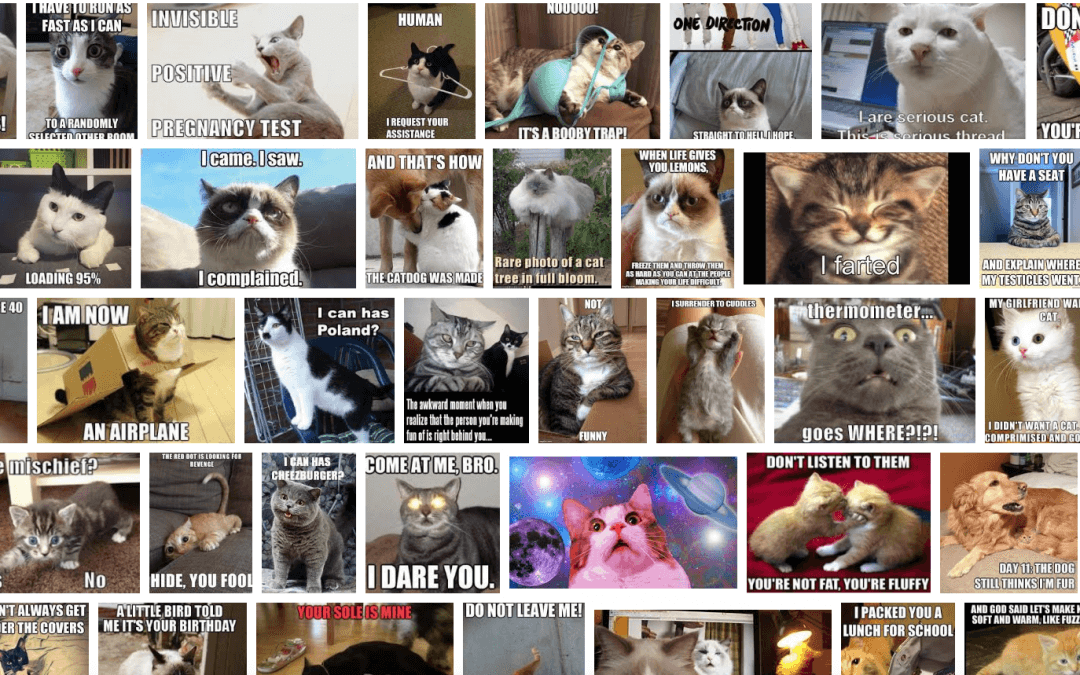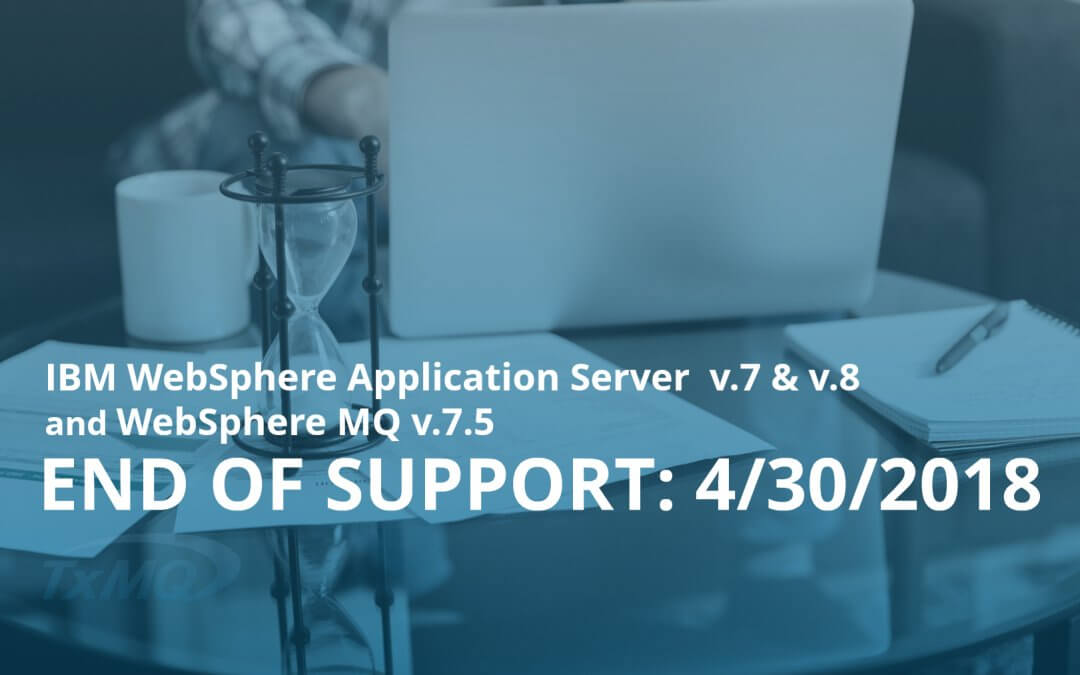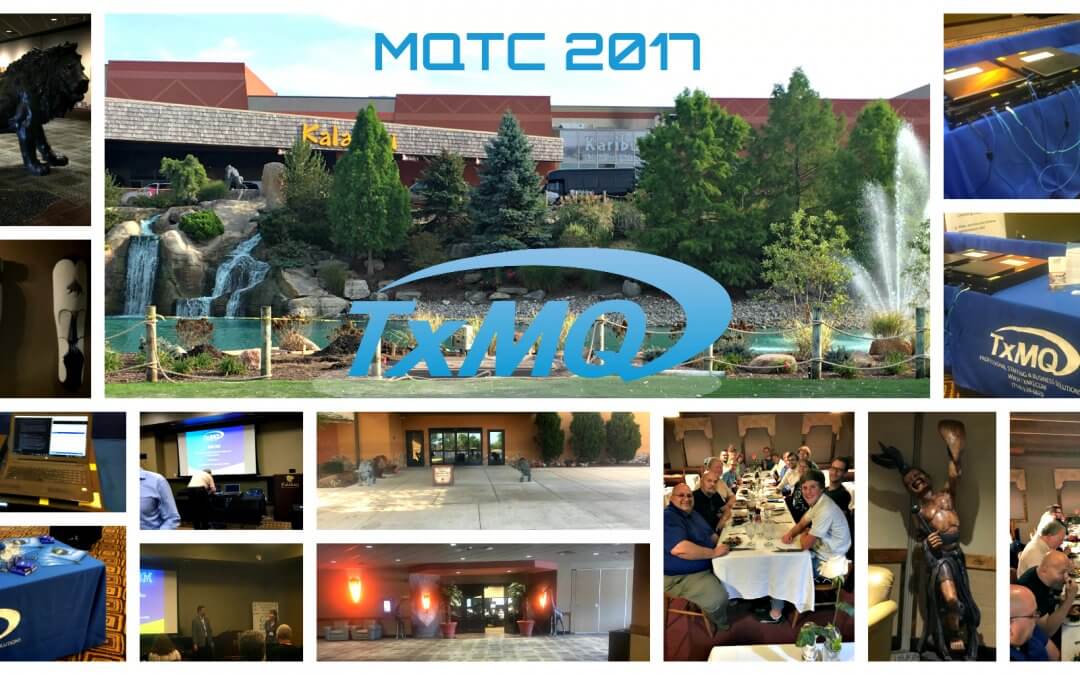This post was originally published on ChuckFried.com, with permission to repost on TxMQ.com.
Economic Theory and Cryptocurrency
In a rational market, there are basic principles, which apply to the pricing and availability of goods and services. At the same time, these forces affect the value of currency. Currency is any commodity or item whose principle use is as a store of value.
Once upon a time, precious metals and gems were the principle value store used. Precious jewels, gold, and silver were used as currency to acquire goods and services. Over time, as nations industrialized, trading required proxy value stores, and paper money was introduced, which was tied to what became the gold standard. This system lasted into the 20th century.
As nations moved off the gold standard, Keynesian economics became a much-touted model. Introduced by John Maynard Keynes, a British economic theorist in his seminal, depression era work “The General Theory of Employment, Interest and Money”, it introduced a demand side model whereby nations were shown to have the ability to influence macro economics by modifying taxes and government spending.
Recently, crypto currency has thrown a curveball into our economic models, with the introduction of virtual currencies. Bitcoin is the most widely known, but there are multiple other virtual currencies or crypto currencies as they are now called because of the underlying mathematical formulas and crypto graphic algorithms which govern the network these are built on.
Whether these are currencies or not is itself an interesting rabbit hole to climb down, and a bit of a semantic trap.
They are not stores of value, nor proxies for precious goods, but if party a perceives a value in a bitcoin, and will take it in trade for something, does that not make it a currency?
Webster’s defines currency as circulation as a medium of exchange, and general use, acceptance or prevalence. Bitcoin seems to fit this definition.
Thus the next question…
What is going on with the price of bitcoin?
Through most of 2015, the price of one bitcoin started a slow climb from the high 200s to the mid 400s in US dollars; that in itself is a near meteoric climb. The run ended at around $423, for reasons outside the scope of this paper, actual pricing is dependent on the exchange one references for this data.
2016 saw an acceleration of this climb, with a final tally just shy of $900.
It was in 2017 where the wheels really came off, with a feverish, near euphoric climb in the past weeks to almost $20,000, before settling recently to a trading range of $15-$16,000 per bitcoin.
So what is going on here? What economic theory describes this phenomenon?
Sadly, we don’t have a good answer, but there are some data points we should review.
First, let’s recognize that for many readers, awareness of bitcoin happened only recently. It bears pointing out that one won’t buy a thing if one is unaware of that thing. Thus, the awareness of bitcoin has played a somewhat significant role in driving up it’s value.
To what extent this affected the price is a mystery, but if we accept this as given, clearly as more and more people learn about bitcoin, more and more people will buy bitcoin.
So what is bitcoin?
I won’t go deep here since it’s likely if you are reading this, you have this foundational knowledge, but bitcoin was created by a person, persons, or group using the pseudonym Satoshi Nakomoto in 2009. It was created to eliminate the need for banks, or third parties in transactions; it also allows for complete anonymity of the holder of the coin.
There is a finite upper limit of the maximum number of bitcoins that can ever be created. There is a mathematical formula described in detail in various online sources, including Wikipedia, so I won’t delve into that here. This cap, set at 21 million coins, will be reached when the last coin is mined (again, see Wikipedia). This is variously estimated to likely occur in the year 2140.
What makes Bitcoin Valuable?
So this ‘capped’ reality also adds to value, since like most stores of value, there is a rarity to bitcoin, a fixed number in existence today, and a maximum number that will ever exist.
In addition, more and more organizations are accepting bitcoin as a payment method. This increase in utility, and subsequent liquidity (it’s not always easy to sell units of bitcoin less than full coins) has also increased the perceived value of the coin.
Contributing to this climb in value recently has been the CryptoKitties phenomenon; a gaming application that rose to popularity far more rapidly than its creators could have foreseen. The subsequent media exposure thrust blockchain, and correspondingly bitcoin, further into the limelight, and the value continued to spike.
Lastly, the CBOE Options Exchange announced that on Monday, December 11th, they will begin trading bitcoin futures. Once again, this action broadcast to a widening audience that bitcoin was real, viable, and worth looking at as a part of some portfolios.; adding both legitimacy, as well as ease of trade to the mix.
The number of prognosticators calling bitcoin a farce seems near equal to the number calling for a coin to hit a $1 million valuation in 4 years. Who will be right remains to be seen.
For the moment, this author sees this as a bit like Vegas gambling. It’s fun, it’s legal, but you can also lose every penny you gamble; so bet (invest) only what you can afford to lose, and enjoy the ride.






